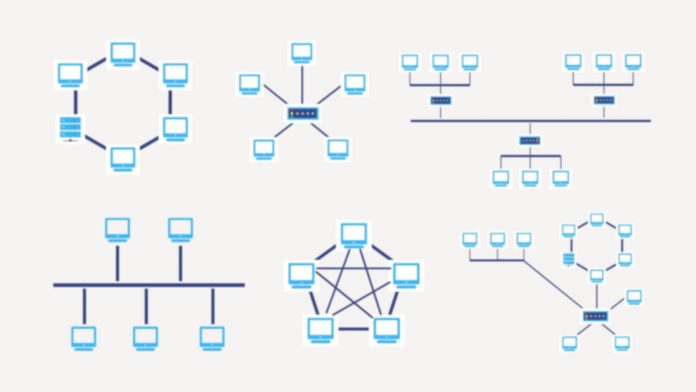What is Network Topology?
Network topology is the arrangement of the different networking elements like network links, computers, switches, nodes, Wi-Fi access points, laptops and other network devices in a computer network.
There are two types of Network Topologies:
- Physical Network topology and,
- Logical Network topology
What is a Physical topology?
A Physical topology defines how all the network devices are connected physically in a computer network. It mostly defines the physical connections among the devices.
What is a Logical topology?
A logical topology defines the logical connectivity of network devices on a computer network. So, it might happen that the devices connected in one type of physical topology might have different underlying logical topology.
If we elaborate more on the physical topology, it is essentially the placement of the various network components in a computer like the placement of the devices, the connection among the devices, installation of the cables etc. On the other hand, logical connection defines how data flows among the devices.
For example, let say there are five devices (A, B, C, D and E) that are connected in a row. This configuration of network devices might look more like a Bus topology. But let’s say device A can directly transmit the data to the device E. That means it looks more like a Circle which a Ring topology logically but a bus topology physically.
We will talk about different kinds of topologies — physical and logical — one by one in the next article.










